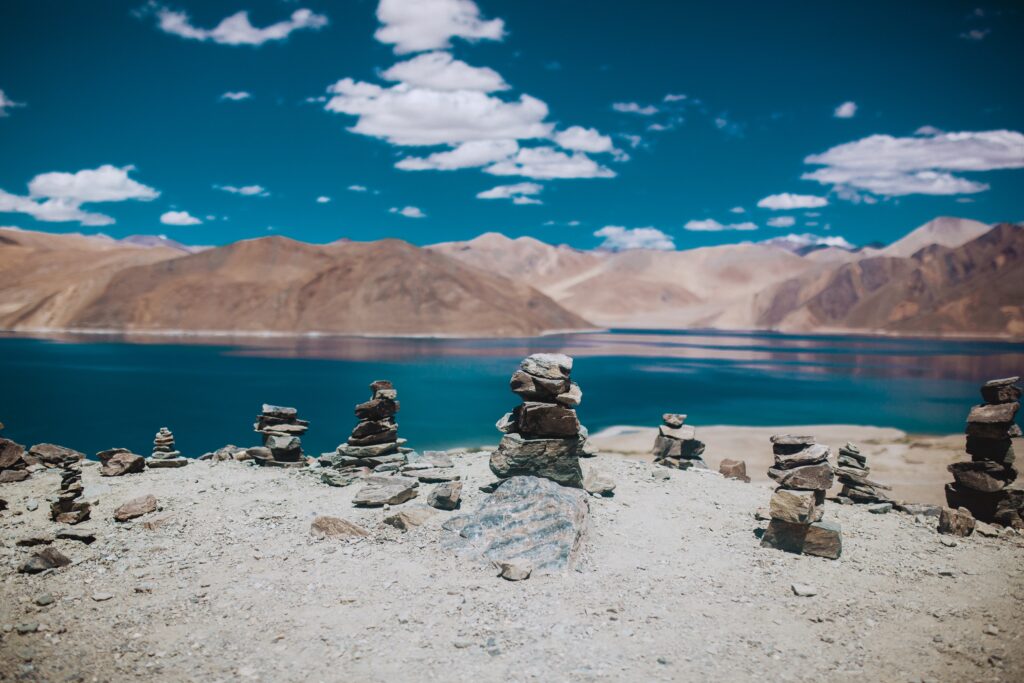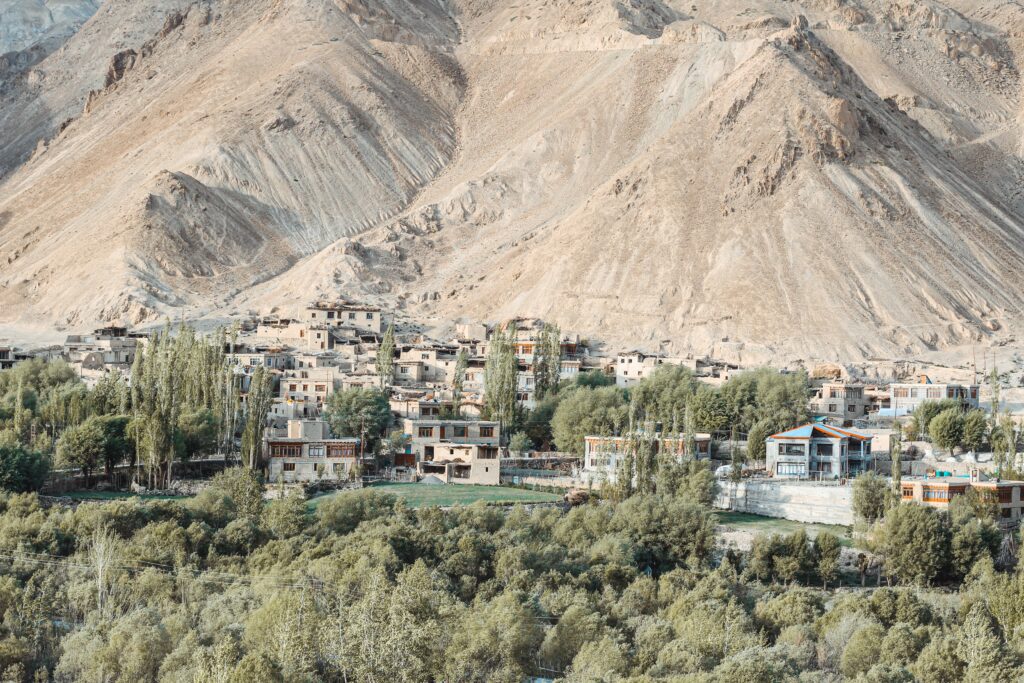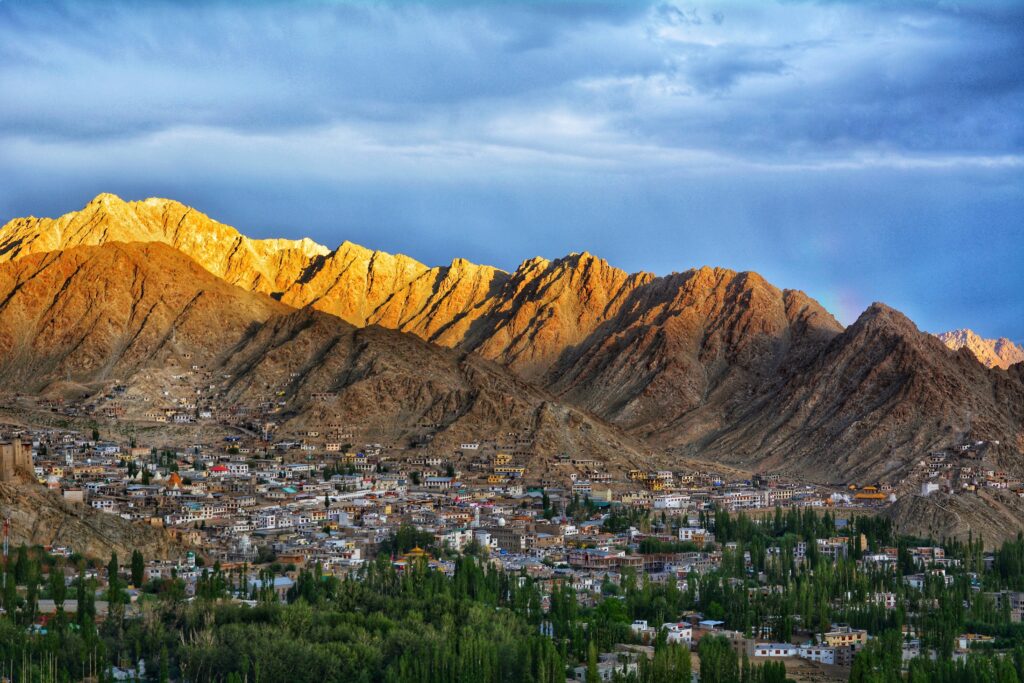Itinerary
Early morning after breakfast drive to Rumtse with views of the Indus Valley and many monasteries on the way.
Today we have a short walk on a rather flat terrain to aid acclimatization. We will camp overnight at lush Kyamar, near a spring.
We should be fully energized today with proper breakfast for a challenging day ahead. We begin with gradual ascent towards our first pass of Kumur La (4800 m), which gives a spectacular view of the Changthang range with its colorful rife of mountain. After the pass, we steadily descend towards the base of the next pass. Here we might come across nomads with their herds of sheep, goats and yaks. After a short rest, we set out for Mandalchan La (4850 m). From this pass it’s an easy descend to the camping site at the pastureland of Tisaling.
By now, we are well acclimatized to conquer our third pass, the Shibuk La (4900 m), ana about 2-hour journey. From the top of the pass, we have an incredible view of the surrounding mountains and of our next destination, Tsokar Lake. With a breathtaking view to ease our exhaustion, we head down towards the valley accompanied by the shrill whistles of the shy and active marmots, which is characteristic of this harsh region. It’s approximately a 4 hrs walk to the Tsokar basin, and our camp for the night will be the windy Pongunabu.
Today is an easy day, and we follow a dusty jeep road towards Tsokar Lake. Along the
salty shores of the lake, we have a rare impeccable opportunity to see some of the endangered migratory birds of the world. From here we carry on along the trail to the right of the lake, keeping to a barren land until Nuruchan, where we will be welcomed by a grassy land with streams nearby.
We have to get set for a tough day ahead. We will cross the icy cold stream in Nuruchan before gradually ascending HorlamKongka La (4900 m). From the pass, we will have a view of the turquoise blue Tsokar. After an easy 40-minute walk down to Rajungkaru, we will encounter several typical Tibetan nomads with their flock of yaks, sheep and pashmina goats.
Following the stream for about 50 minutes, we will enter another nomad settlement. These nomads are of Western Tibetan origin. When the Chinese subjugated Tibet these nomads and their animals faced numerous hardships, fighting biting cold and losing many lives while fleeing into Ladakh from Tibet. After sharing a cup of butter tea with the nomads, we will continue to ascend the Kyamayuru La (5410 m); this pass is challenging in nature, but the magnificent view from the top makes it well worth all our strenuous efforts. From the pass we descend gradually to the valley towards our campsite at GyamarBarma (5150 m). Due to the campsite’s high altitude, bad weather can make night temperature freezing.
When we open our eyes in the morning, we will find ourselves amidst a herd of grazing yaks. After breakfast, we head to our next pass, Kartse La (5300 m). Ascending slowly in the thin air of the plateau, we will eventually reach the pass. The trail leads gradually down to the lush green valley of the Gyamar, where we spend our night.
Today, we gradually ascend towards the highest and final pass on the trek. Following the narrow valley until the YalungNyaulung La (5450 m), we will see some of the rare flowers and herbs of the Himalayan region. The fragrances will astonish you! To our right we can view snowcapped mountains and from the top of the pass we will also have a view of the lake Tsomoriri, surrounded by snowcapped mountains. We descend steeply for a couple of hours to the KorzokPhu, the summer pasture of the Korzok people. From the pasture, we continue to the Korzok (Tsomoririlake). Overnight Camp
After breakfast we make a 5/6hrs trek along the lake to the eastern shore. After a climb, we reach a grassy slope of Kurchyu( 4915mts), Overnight Camp
After breakfast we trek for about 4hrs to our base camp at RugyadoPhu (5630mts). Camp for overnight.
We start early morning and make steep ascent to our Advance Camp between 5900mts to 6000mts, the views of the Lake are amazing, This is very important stage for next, we acclimatize and set up our camp.
Depending on weather and snow conditions, we leave early around 2:00 am. Usually conditions are better in the night/morning, when the sky is clearer because it is colder and the snow will be harder to walk on. We just take a cup of tea and bring our lunch bag, before walking into the night with our torches. However, if it is a full moon night, the moon will guide us in its silvery glow. It is a strenuous walk, and in the last part we will most likely use not only ice axes, but also crampons and, maybe, even rope, depending on snow conditions.
However, by the time we come close to the top, you will forget about the hardship as you are surrounded by one of the most beautiful sights between the Himalayas and the Karakoram , lighted up by the slowly rising morning sun. In good weather conditions we can see the reflection of Mentok and Lungser peaks in the Tsomoriri Lake . To bring good fortune, we leave our Khatag, a religious scarf, on the mountaintop with prayer flags. Leaving the peak, we go down to our camp at RugyadoPhuand by the time we arrive, the only thing running in our mind is diving into our sleeping bags for a welcome rest.
One more day for ascend to the peak, in case we can’t make it on day 11. Overnight in Camp.
We drive back to Leh along the gorges of the mighty Indus with all these good memories in mind.






